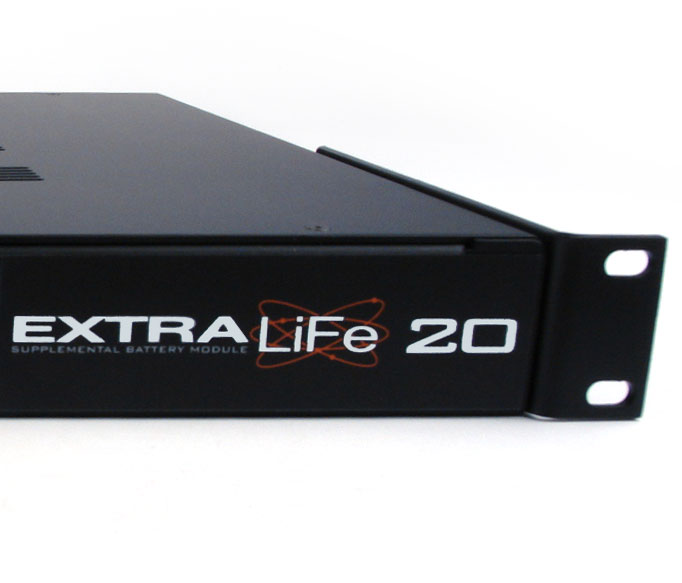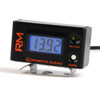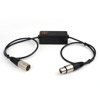

- Products
- Products
- New Products
- Antennas
- Cables & Adapters
- Custom Cables
- Booming Solutions
- Booming Solutions
- Boom Caddy
- Boom Cable System
- Boom Boy
- Listening
- Mixer / Recorder Solutions
- Mixer / Recorder Solutions
- Drive Mounter
- Return Box
- Power Solutions
- Microphone Solutions
- Nylon Industries
- Rainman
- URSA
- Service & Support
- Contact Us
- Find A Dealer
- About Us
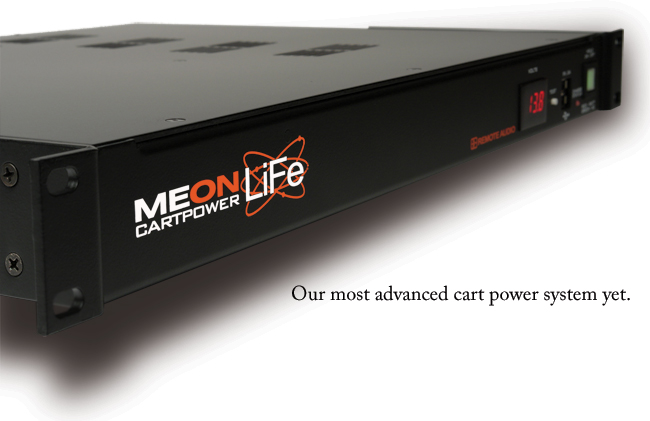

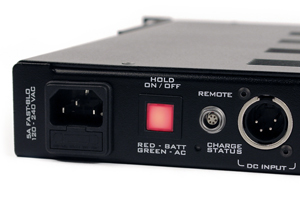 If AC power is ever interrupted, the Meon LiFe seamlessly switches to its internal 20 Amp-hour Lithium Iron Phosphate (LiFePO4) battery. This relatively new battery technology makes the Meon LiFe smaller, lighter and more stable than previous cart power systems.
If AC power is ever interrupted, the Meon LiFe seamlessly switches to its internal 20 Amp-hour Lithium Iron Phosphate (LiFePO4) battery. This relatively new battery technology makes the Meon LiFe smaller, lighter and more stable than previous cart power systems.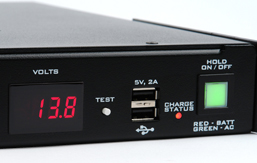 The illuminated voltmeter on the front panel gives you constant feedback of the voltage present at the output connectors. The charge status LED indicates when the batteries are fast charging (red), topping (flashing green) or fully charged (solid green). When the Meon LiFe is off, pressing the Test button will display the voltage of the battery.
The illuminated voltmeter on the front panel gives you constant feedback of the voltage present at the output connectors. The charge status LED indicates when the batteries are fast charging (red), topping (flashing green) or fully charged (solid green). When the Meon LiFe is off, pressing the Test button will display the voltage of the battery.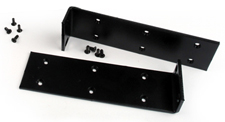 The removable rack ears can be used to mount the Meon LiFe in a variety of different configurations. Mirrored, illuminated front and rear power switches allow you to power the unit on or off from either side.
The removable rack ears can be used to mount the Meon LiFe in a variety of different configurations. Mirrored, illuminated front and rear power switches allow you to power the unit on or off from either side.
